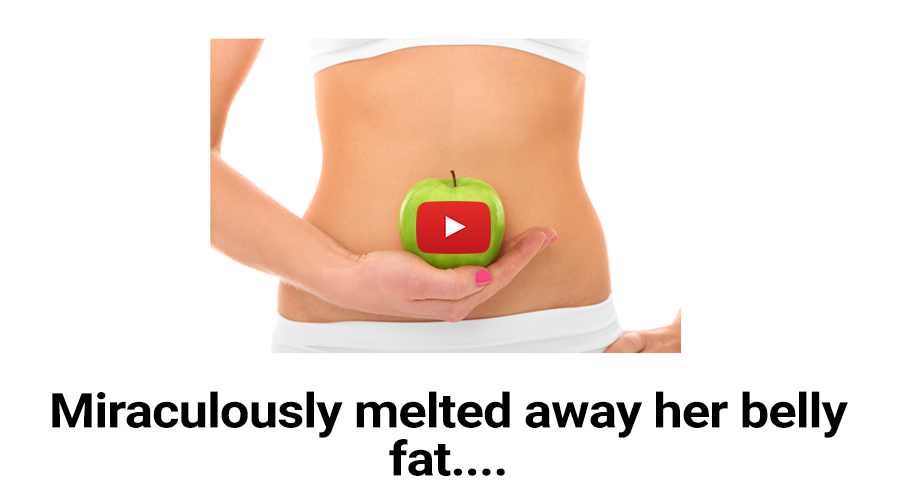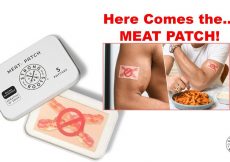Everything you need to get started with the keto diet:
https://bit.ly/customketospecial
Everything you need to get started with the vegan diet:
https://bit.ly/2LOkz0N
The flexitarian diet involves eating mostly plant-based foods, with meat and other animal products allowed in moderation.
It has vegan and vegetarian roots, but it significantly more flexible than either of those diets.
You get the benefits of adding more plant foods to your diet without the need to completely cut out meat.
The flexitarian diet doesn’t have any clear-cut rules or recommended number of calories, making it more of a lifestyle.
It was created by dietitian Dawn Jackson Blatner and is based on the following principles.
Eat mostly fruits, vegetables, legumes, and whole grains.
Aim to get most of your protein from plants instead of animals.
Remain flexible and incorporate meat from time to time.
Eat natural foods, avoiding processed foods wherever possible.
Significantly limit added sugar and sweets.
These principles make it a very solid choice for those looking to eat healthier.
Here are the foods you should be looking to eat regularly on the flexitarian diet.
Proteins like soybeans, tofu, tempeh, legumes, and lentils.
Fruits like apples, oranges, berries, grapes, and cherries.
Non-starch vegetables like greens, bell peppers, carrots, and cauliflower.
Whole grains like quinoa, teff, buckwheat, and farro.
Nuts, seeds, and healthy fats like almonds, walnuts, flaxseeds, chia seeds, peanut butter, avocados, and olives.
Plant-based milk alternatives like almond, coconut, hemp, and soy milk.
Condiments like apple cider vinegar, salsa, mustard, yeast, and ketchup without sugar.
And beverages like water, tea, and coffee.
When you decide to incorporate animal products, choose eggs, poultry, fish, meat, and dairy where possible.
Just as important is the list of foods you should be looking to avoid on the Flexitarian diet.
These are typically highly processed foods, refined grains, added sugar, and are as follows.
Processed meats like bacon, sausage, and bologna.
Refined carbs like white bread, white rice, croissants, and bagels.
Sugar and sweets like soda, donuts, cakes, cookies, and candy.
Fast food like fries, burgers, chicken nuggets, and milkshakes.
For those interested, here is a day of eating in the life of a flexitarian dieter.
Breakfast consisting of steel-cut oats with apples, flaxseed, and cinnamon.
Lunch consisting of a salad with greens, shrimp, corn, beans, and avocado.
And dinner consisting of zucchini noddles with tomato sauce and white beans.
As you’d expect, you can enjoy a lot of similar health benefits as you would on the vegan and vegetarian diets.
For starters, the flexitarian diet is excellent for your heart health due to the fibre and healthy fats.
A recent study suggested that vegetarians had a 32% lower risk of heart disease compared to non-vegetarians, which should be similar for flexitarian dieters.
You are also likely at lower risk of other lifestyle diseases like diabetes and cancer due to leading a healthier lifestyle.
The fact that it limits high-calorie and processed foods means that this diet is also good for your waistline.
Plant-based foods are naturally lower in calories, allowing you to feel full and still enjoy a calorie deficit.
That doesn’t mean the flexitarian diet doesn’t come without downsides.
By cutting back on meat and animal products, you open yourself up to a range of potential nutrient deficiencies.
In particular, you likely aren’t getting enough vitamin B12, zinc, iron, calcium, and omega-3 fatty acids.
The fact that there isn’t a calorie guideline in place also puts a lot more responsibility on the dieter.
You need to ensure that you’re getting a consistent calorie deficit each day, in addition to working out 4-5 times per week.
This can be especially tough for beginners, who may not have the best nutritional knowledge.
A good remedy to this is to use a calorie tracking app like My Fitness Pal and diligently enter your food each day.
While the flexitarian diet is decent, I think it is a half-measure and isn’t ideal for those actively looking to lose weight.
If weight loss is your primary goal, I’d recommend the vegan diet over this one.
While the restrictions are a bit stricter, it is more structured and will lead to higher overall weight loss.
Conversely, if you’re looking to balance losing weight with also building muscle, I prefer the keto diet.
This still allows you to get in a ton of animal protein and feel fuller for longer.
View original video source






















